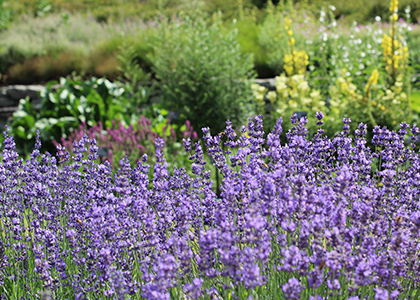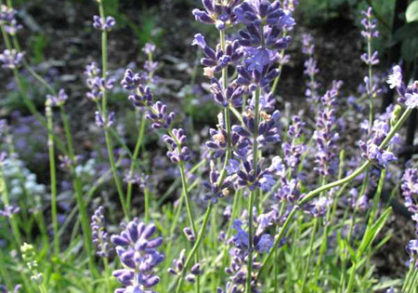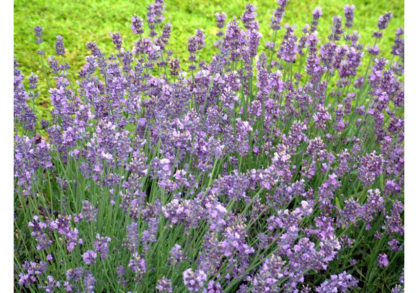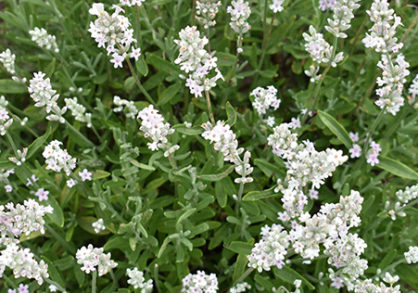
Throughout history, flowers have communicated messages and conveyed meaning. During the 19th century, writers in England, France, and the U.S. created a “language” of flowers and published dictionaries with flowers’ sentimental meanings. The rose embodied love and beauty; the lily symbolized purity and sweetness; the daisy signified innocence.
Similarly, a rich bouquet of flowers found throughout Cornell’s Botanic Gardens hold meaning for the LGBTQ+ community, which has long embraced the six colors of the rainbow: red for life; orange for healing; yellow for sunlight; green for nature; indigo for serenity; violet for spirit.
Perhaps the most well-known garden hue of LGTBTQ+ representation and allyship is lavender.
In the 1950s, the U.S. government’s attempts to identify and fire homosexual employees was dubbed the “Lavender Scare.” Today, many universities celebrate LGBTQ+ students’ accomplishments with “lavender graduation” parties.
Excerpted from a tour developed by Jakara Zellner ’23 and Annika Dahlin ’23, co-leaders in the Learning by Leading program at Cornell Botanic Gardens
Cornell Botanic Gardens’ collections include many examples of lavender, most in the Robison Herb Garden.
Explore these below or visit the garden to explore 15 different types of lavender.





